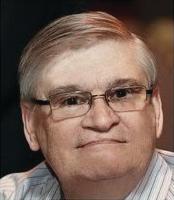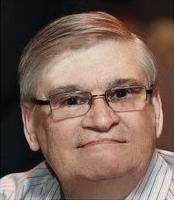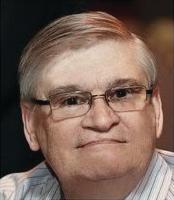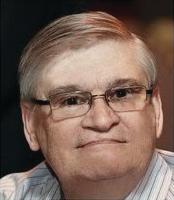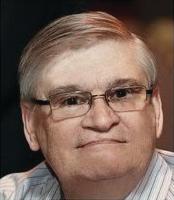Innovating is a hot topic. Most of today’s literature seems to be “idea”-based. Brainstorming is a common theme.
All good stuff, but is realizing creative potential really a high priority in today’s business climate? It would seem so, since building a sustainable future requires enterprise-wide, quick-on-your-feet adjustments.
But let’s look at a typical “creative” scenario.
Management begins with an idea, then brainstorms ways to make it work. Dozens of suggestions are created to try to find the “best” way to pursue the idea. Conversations often stretch into days, weeks, even months.
Momentum fades. Eventually, someone asks, “Whatever happened to that idea?”
Constantly compare what you have to what you are creating, and make appropriate adjustments.
